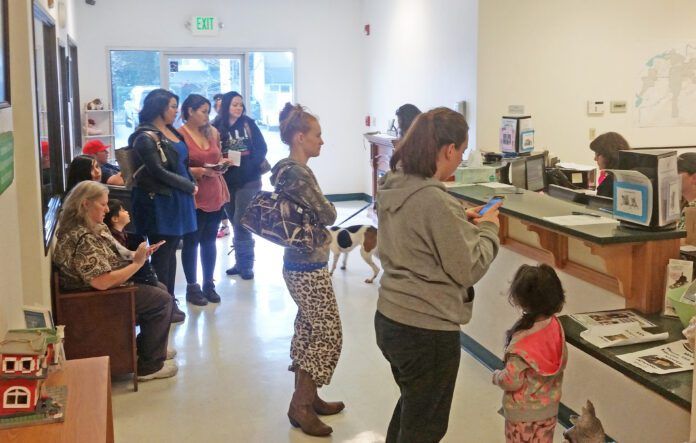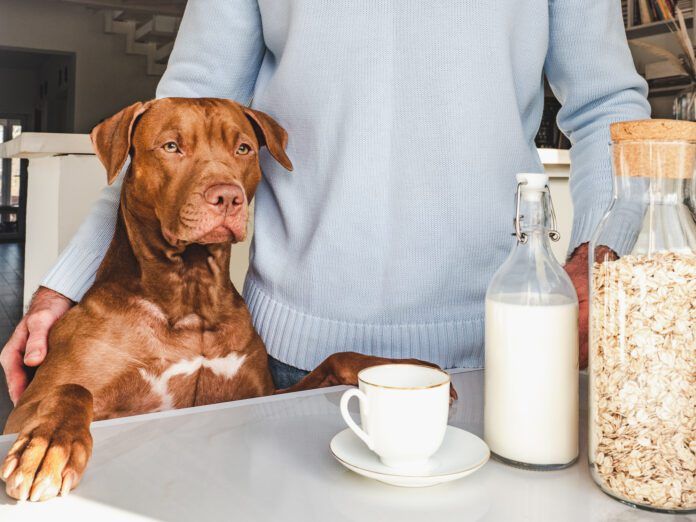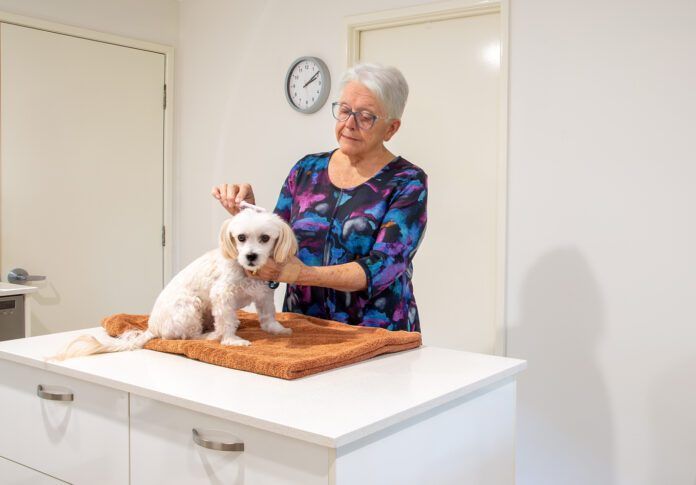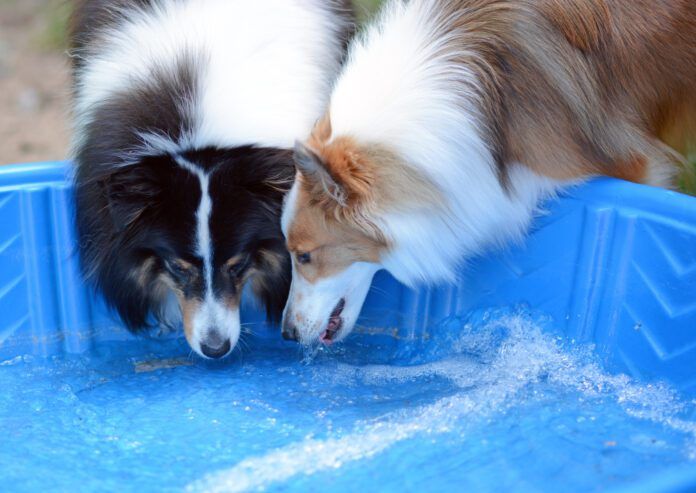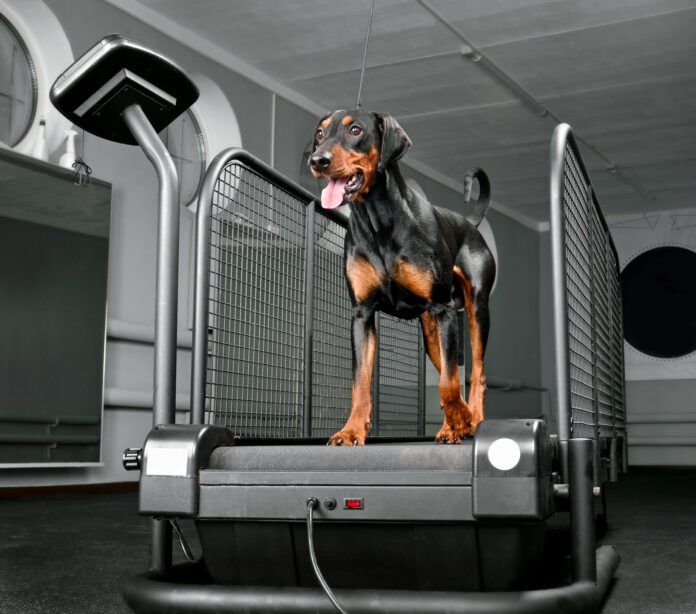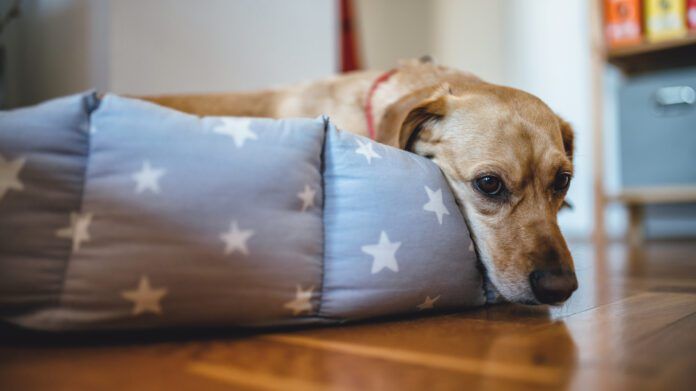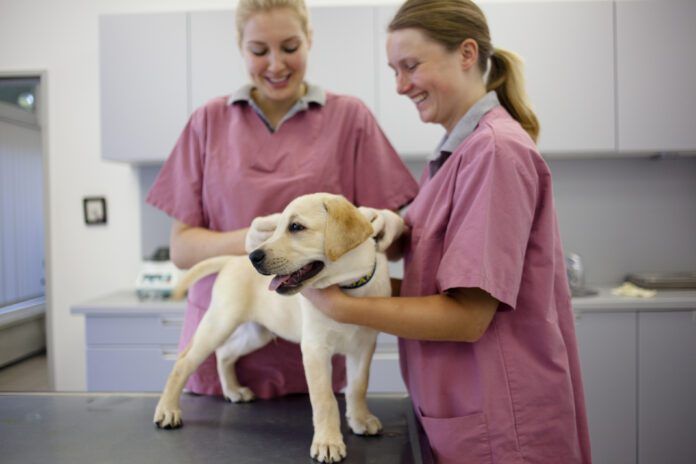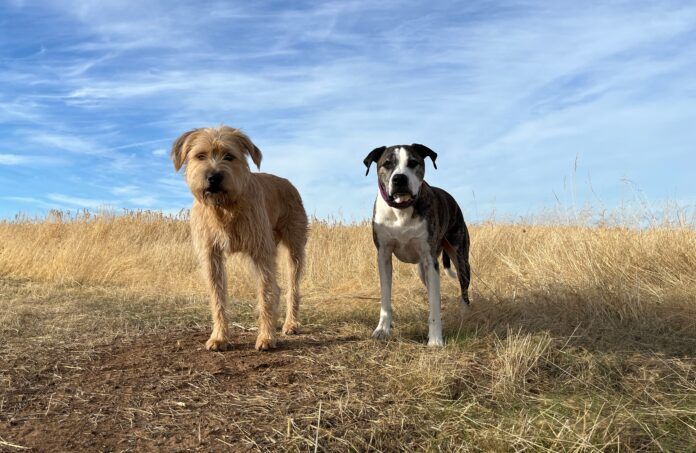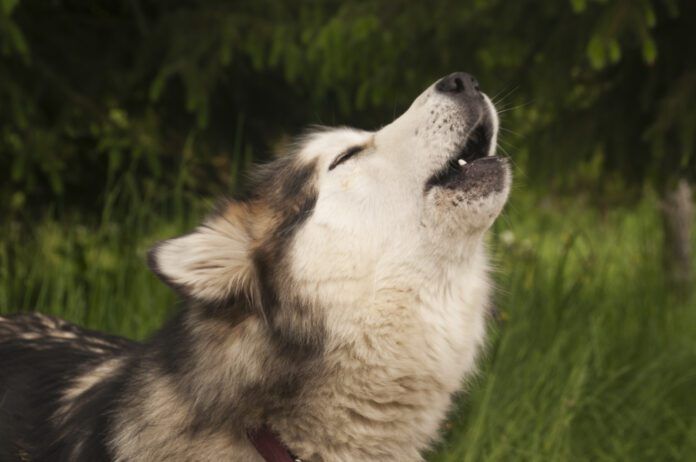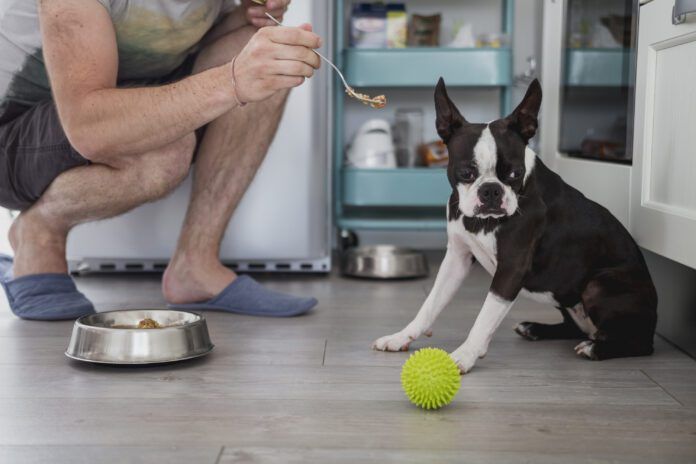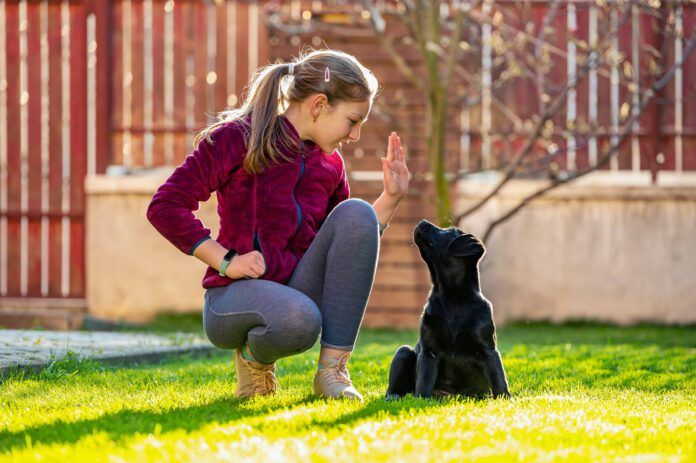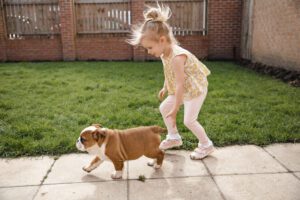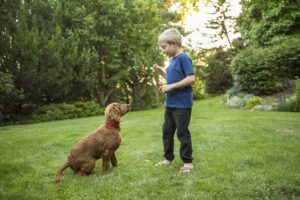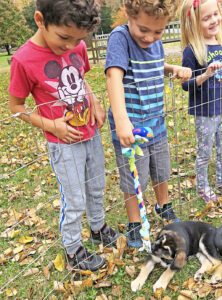Whenever I spend any time at my local animal shelter as a volunteer, I am filled with empathy and admiration for the people who work at the front desk. The drama they witness! The tragedies they must deal with! The hostility they have to endure at times!
All day, every day, front-desk shelter workers are confronted with people who are sad and upset and/or angry and frustrated. Perhaps most frequently, they deal with people who are upset about having to pay money to retrieve their dogs, whether the dog had been brought into the shelter by a member of the public who saved the dog from trotting down the middle of a busy road, or had been picked up by an animal control officer from the yard of a citizen whose cat had been killed by the dog. Fees are charged for holding dogs, and for a lack of proof of rabies vaccination and/or licensing, and these fees are deliberately set at higher rates for intact animals (both as a lever to encourage people to spay/neuter their pets, and to help address the cost of the puppies that often result from the adventures of intact dogs who have gone astray).
All I can say is, if my dog had been running at large and someone caught him and brought him to the shelter, I’d be thrilled that he had been apprehended and removed from all the potential dangers of the streets. But if my dog had been what the shelter calls a “frequent flier” – constantly escaping and getting caught running at large – I could see how those fines would be upsetting. But the fines are not set by the front-counter staff, and it’s not their fault that the dog got out!
As daunting as it may be to deal with people who are angry when retrieving their animals, I think that it may be even more stressful for front-counter workers at the shelter to deal with people who are trying to rid themselves of unwanted dogs and/or puppies.
Don’t get me wrong; there are plenty of valid and very sad reasons that can cause people to surrender dogs to the shelter – and I’ve seen how kind the intake staff can be at those times.
But it’s the people who either lie and try to pass off their own dogs or puppies as strays that someone else “dumped” on their property, or who are hostile and combative when staffers ask for a surrender fee for taking the unwanted dogs or pups that I would find most challenging. These folks don’t care that the shelter spends an average of $300 per animal on vaccinations, medications for sick animals, flea-control products, dewormers, a microchip, and spay/neuter surgery – they are often pissed when asked to fork over half of that cost as a surrender fee.
I was present at the shelter one day when I saw a woman storm out of the lobby into the parking lot screaming over her shoulder, “F*** you! This is your job! Just do your damn jobs!” When I asked my friend at the front counter what made the woman so mad, he shrugged and said, “We told her that we couldn’t take her dogs today – the shelter is 100% full – and she just hit the roof. We told her we could call her back when we have room, but she wanted to surrender three dogs right now!” The shelter workers can offer other alternatives or ideas to people who are in a bind with animals that they can’t keep, but they are somewhat unmotivated to do so when someone is screaming at them for their failure to immediately solve a problem of that other person’s creation.
Many times at the shelter, I have thought, “I could never work here! I’d never be able to keep calm with some of the people the shelter staffers have to deal with!” But I don’t say that to my friends at the shelter – and I hope you don’t tell your friends in rescue or shelter anything like that, either. Because what we really mean when we say things like that – and what I do tell my friends at the shelter is, “I so admire and appreciate your work here. It looks very difficult, and you handle it with grace and grit. Thank you!”


